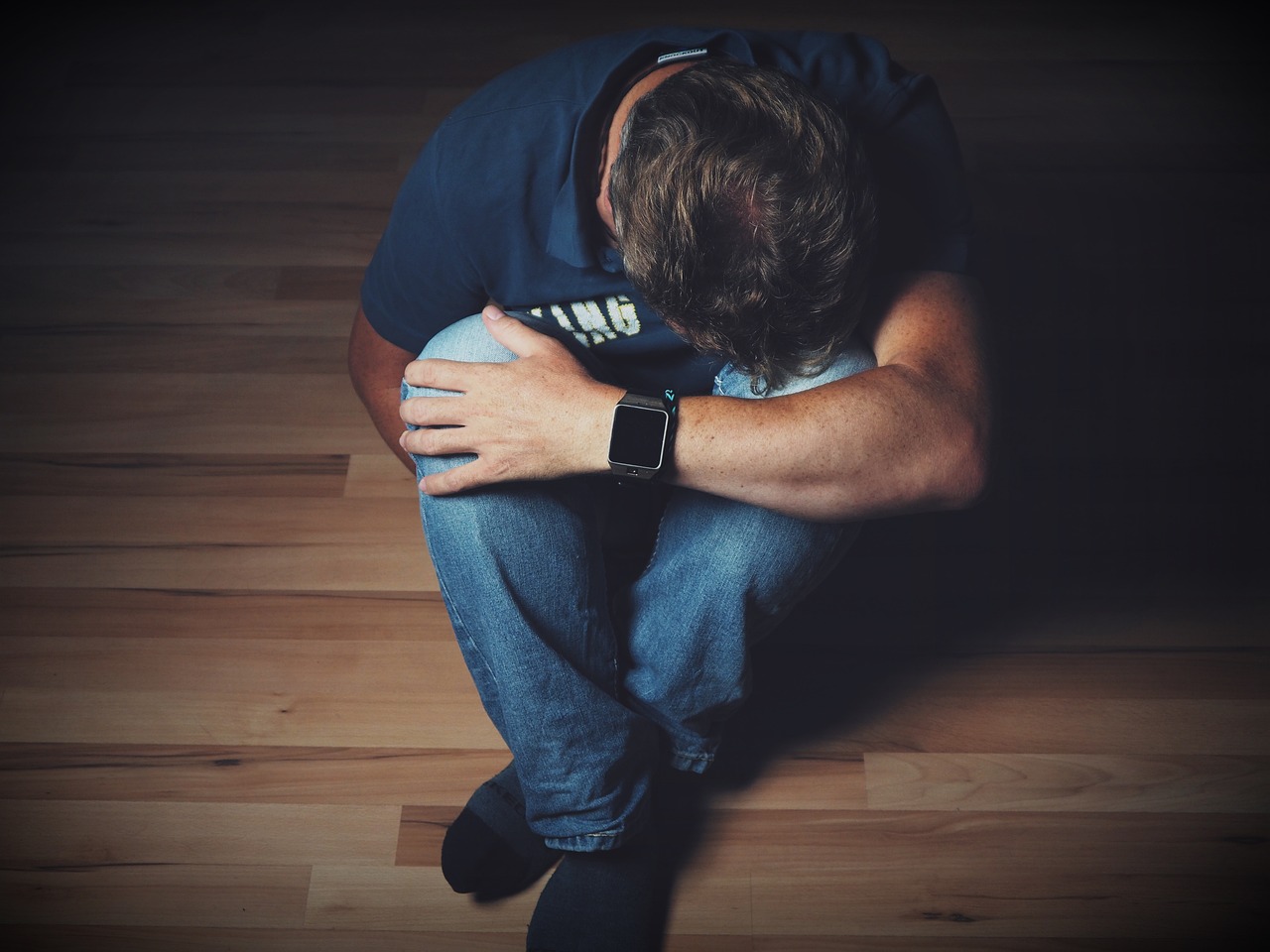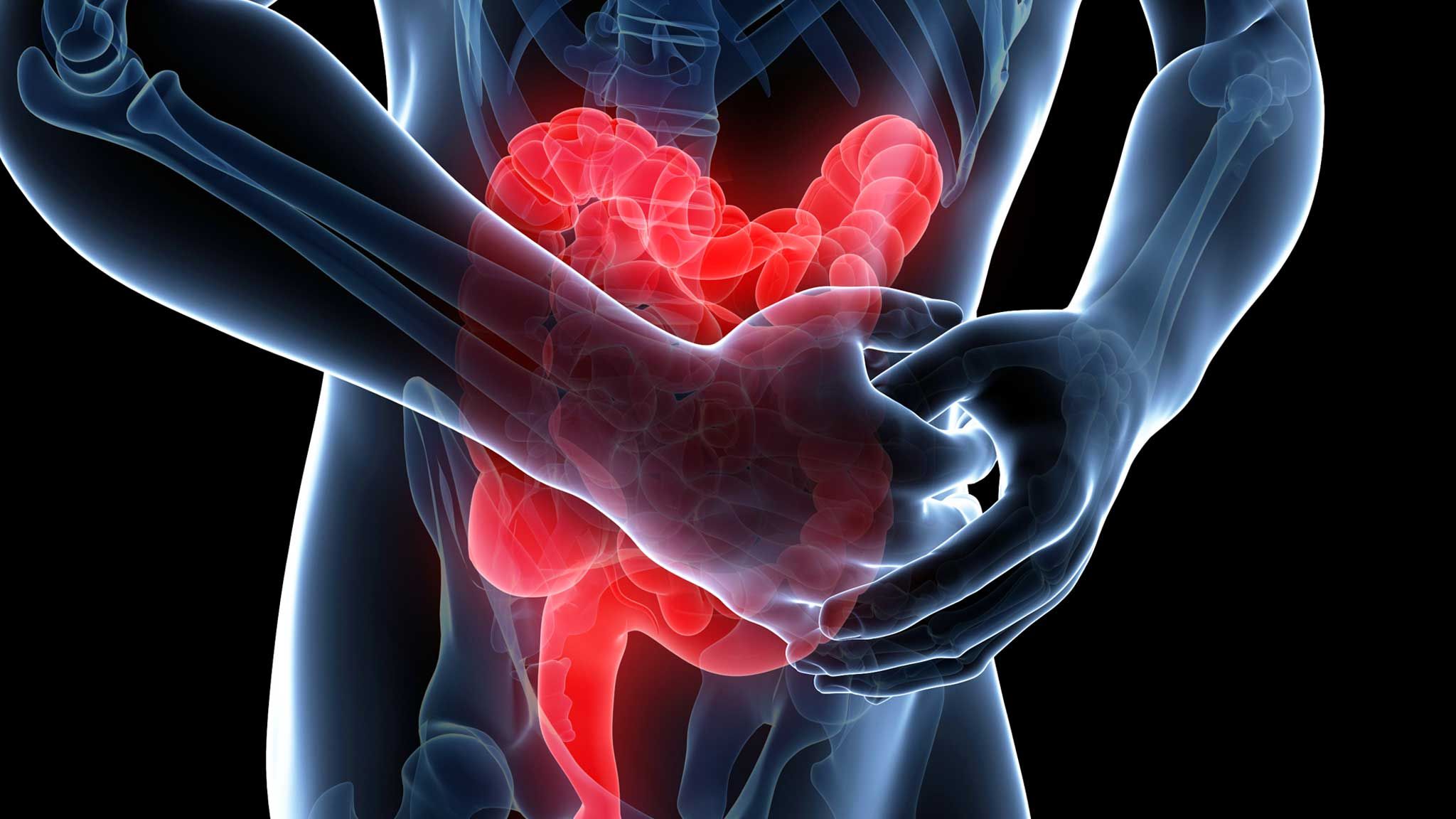Prescription medicines are responsible for more than 2 out of 3 accidental drug-related deaths, making them a bigger killer than illicit drugs such as heroin or ice. In Victoria alone, more people die from prescription medication overdose than from road accidents.
Some cases are due to accidental overdose or misuse stemming from dependence (addiction). Dependence on pharmaceutical medicines can happen to anyone — and often, it’s so gradual that the person may not even be aware of it.
May 14-18 is National Prevention of Prescription Medication Dependence Week, a campaign launched by ScriptWise to boost awareness of addiction and help reduce prescription misuse.
So, here’s what you need to know about dependence on pharmaceutical medicines.
Prescription addiction is a big deal
Opioids and benzodiazepines (‘benzos’) are the 2 types of pharmaceutical medicine most responsible for causing overdose deaths in Australia.
Opioids are typically prescribed by doctors for pain, and include oxycodone (e.g. Oxycontin, Endone); codeine (e.g. Panadeine Forte, Nurofen Plus); and fentanyl (e.g. Durogesic, Fentanyl Sandoz patches).
(Since February 1, 2018, codeine has only been available in Australia with a doctor’s prescription and cannot be purchased as an over-the-counter medicine.)
Benzodiazepines are sedatives, typically prescribed for anxiety and insomnia, and include diazepam (e.g. Valium, Diazepam Intensol), temazepam (Temaze, Normison) and alprazolam (e.g. Xanax, Ralozam). Benzodiazepines account for around 1 in every 20 prescriptions written by GPs in Australia.
While they may be helpful in the short term, “Many patients are unaware that prescription medications such as opioids and benzodiazepines can be highly addictive and dangerous to use long term,” says ScriptWise Chair, Dr Richard Kidd.
People who become dependent can lose control over their medication use, even if they want to cut down or stop.
Who’s at risk?
“Prescription medication dependence can happen to anyone, and sometimes without their knowledge,” explains Dr Kidd. “The body develops a tolerance to the medication, leading to them needing to take more and more to get the same effect.”
By contrast with people in treatment for heroin addiction 10 years ago, people in treatment for opioids and ‘benzos’ now are more likely to be older, employed, female and have a history of chronic pain, explains Dr Suzanne Nielsen from the National Drug & Alcohol Research Centre.
People with mental illness and a history of trauma are also more likely to have recently used a pharmaceutical medicine for non-medical purposes.
Access to overdose-reversing medication
Naloxone is a medicine that can temporarily reverse the effects of an opioid overdose. The Australian Government is offering this medication free of charge and without a prescription to people who may experience, or witness, an opioid overdose.
Learn more about the Take Home Naloxone program.
The signs of addiction
If you, or someone close to you, answers ‘yes’ to any of these questions, you may be at risk of dependence:
- Do you find that you’re taking more than the prescribed dose of opioid medication to treat your pain or anxiety?
- Do you feel that you’re having to go back to your GP frequently to get the amount of medication you need?
- Do you feel that your pain and mood get worse if you don’t take your medication?
- Do you feel judged or ashamed when your pharmacist or GP wants to discuss how much medication you are buying or using?
- Do you begin to feel highly anxious about not being able to get your medication and that you need it to function in daily life?




